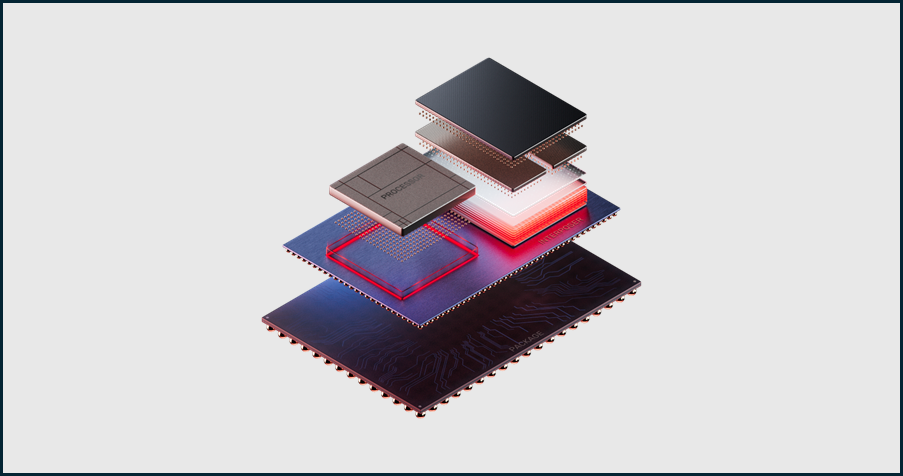The below article makes for pretty interesting reading, particularly when you consider how
General Atomics and
Raytheon have previously collaborated on several projects, primarily focusing on i
ntegrating Raytheon's advanced sensor and radar technologies into General Atomics' unmanned aerial systems (UAS).
Notable collaborations between Raytheon and General Atomics (
supplied by ChatGPT) include:
- Integration of SeaVue Radar and Multi-Spectral Targeting System (MTS-A): Raytheon successfully integrated and demonstrated its SeaVue maritime surveillance radar and AAS-52 MTS-A aboard General Atomics' Mariner unmanned aerial vehicle, a derivative of the Predator B UAS.
raytheon.mediaroom.com
- Advanced Radar Detection System (ARDS) Integration: General Atomics and Raytheon Deutschland GmbH integrated the ARDS, a fully digital, high-precision radar-detection sensor developed by Raytheon Deutschland, onto a GA-ASI Predator B/MQ-9 Reaper. This integration added Electronic Intelligence (ELINT) capabilities to the multi-mission UAS.
ga.com
- SeaGuardian Support for Japan Coast Guard: Raytheon's maritime surveillance systems, including the SeaVue XMC radar and DAS-4, were flight-tested on General Atomics' SeaGuardian UAS for the Japan Coast Guard. This collaboration aimed to enhance the Coast Guard's intelligence, surveillance, and reconnaissance (ISR) capabilities.
ga.com
These collaborations highlight the integration of Raytheon's sensor technologies into General Atomics' UAS platforms, enhancing their surveillance and reconnaissance capabilities.
Not only that,
General Atomics and
the AFRL have also previously collaborated in a variety of defense and aerospace technologies. Their partnerships focus on advancing cutting-edge technologies in areas such as unmanned aerial systems (UAS), advanced propulsion, and directed energy systems.
One area of collaboration has been in the development of UAVs (unmanned aerial vehicles) like the
MQ-9 Reaper drone, a General Atomics product widely used by the U.S. Air Force. AFRL has apparently worked with General Atomics to improve the performance and capabilities of these drones, especially in areas like surveillance, targeting, and weaponry systems.
"This Iron Dome is perfect timing for us, and I'd be willing to go into Trump’s office and tell them we're ready to go today," said Dave Alexander, president of General Atomics Aeronautical Systems, Inc.
By
Valerie Insinnaon
February 17, 2025 at 9:00 AM
MQ-9 Reaper aircraft and assigned personnel in Hawaii, Aug. 7, 2024. (U.S. Air National Guard photo by Tech. Sgt. Joseph Pagan)
WASHINGTON — General Atomics is ready to step in the ring to compete for contracts to build President Donald Trump’s “Iron Dome for America” with a new technology the company believes can radically contain the costs of the project, the head of General Atomics’ aeronautics unit said.
The special sauce, Dave Alexander told Breaking Defense in an exclusive interview, is a long-range, high resolution sensor that has been under development for about a decade, has a “super wide area” of coverage, and is ready for production.
“We’re ready to rock and roll on this. We’d go straight into production, full-rate production,” he said. “This Iron Dome is perfect timing for us, and I’d be willing to go into Trump’s office and tell them we’re ready to go today.”
See how we Define the Possible.
General Atomics envisions fielding a collection of sensors that would detect threats to the homeland as a ground-based capability and on an air layer integrated onto MQ-9 Reaper drones. Because the sensors have such a wide area of coverage, fewer would be needed to encompass the entirety of the United States, Alexander said. The data gleaned from those sensors can then be digested and combined into a single operating picture by General Atomics’ CCRi division.
“What we’re trying to do, is just to grab available technology combined with this new sensor that we’re talking about, so that we can get out there and scale and do it for a very affordable price,” he said. “The cost of what we’re talking about on this ground layer sensing is two orders of magnitude less cost than your traditional systems out there today. So that means it’s 1/100th of the cost. That’s what’s game changing about it.”
Beyond that, Alexander was willing to give few specifics about the technology, citing classification. He said the sensor has a “high technology readiness level,” noting that “the technology has already worked in other areas” outside of the Iron Dome program, with about 80 percent of its funding coming from General Atomics’ internal investment. However he declined to detail what kind of a sensor the company is proposing, whether the sensor has been demonstrated or if it was developed for an existing program.
General Atomics intends to respond to Defense Department requests for information and will participate in an industry day on the program this week, said Alexander. The company is also interested in proposing technologies associated with the missile interception piece of Iron Dome, but Alexander declined to provide details about its potential offering.
Just a week after taking office Trump released a Jan. 27
executive order that gives the Pentagon 60 days to develop a plan to defeat “ballistic, hypersonic, advanced cruise missiles, and other next-generation aerial attacks from peer, near-peer, and rogue adversaries” through a system he calls “Iron Dome for America.”
Since then, both the
Missile Defense Agency and
Space Development Agency have put out solicitations for industry on technologies that could be incorporated into the architecture.
Alexander’s comments come just days after Gen. Gregory Guillot, commander of US Northern Command and North American Aerospace Defense Command (NORAD),
told lawmakers that the “top priority” for Iron Dome should be fielding a sensing grid with nodes located undersea, on the ground, in the air and in space.
General Atomics is not the only company that sees Iron Dome for America as a potential moneymaking opportunity. During an earnings call last month, RTX chief executive Chris Calio said the company views the program “as a significant opportunity for us, something right in our wheelhouse,” while Northrop Grumman CEO Kathy Warden said it was “very well positioned to support that architecture” during its own earnings call in January.
"This Iron Dome is perfect timing for us, and I'd be willing to go into Trump’s office and tell them we're ready to go today," said Dave Alexander, president of General Atomics Aeronautical Systems, Inc.

breakingdefense.com






